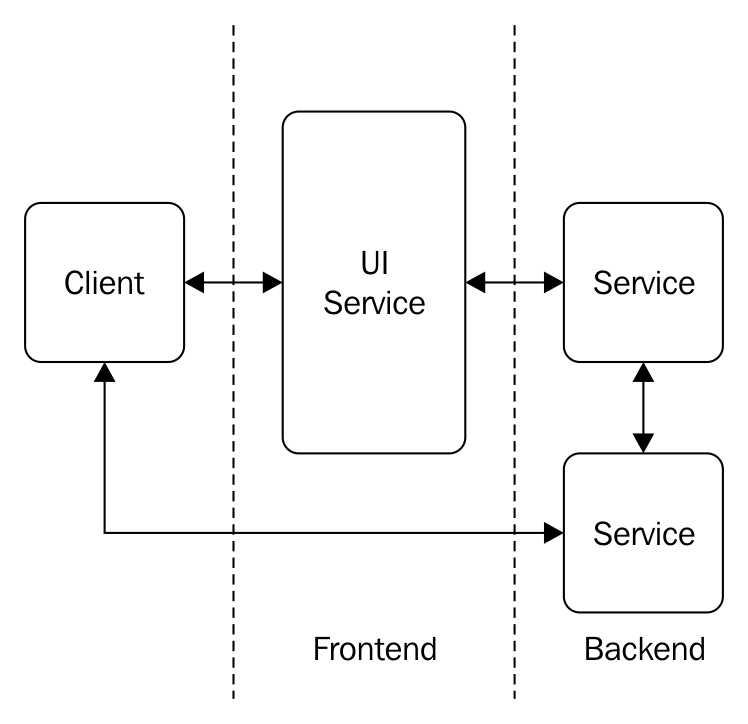Cloud native is structuring teams, culture, and technology to utilize automation and architectures to manage complexity and unlock velocity.
The cloud native concept goes beyond the technologies with which it is associated. We need to understand how companies, teams, and people are successful in order to understand where our industry is going.
Currently, companies such as Facebook and Netflix have dedicated a large amount of resources working towards cloud native techniques. Even now, small and more flexible companies have realized the value of these techniques.
With feedback from the proven practices of cloud native, the following are some of the advantages that come to light:
-
Result-oriented and team satisfaction: The cloud native approach shows the way to break a large problem into smaller ones, which allows each team to focus on the individual part.
-
Grunt work: Automation reduces the repetitive manual tasks that cause operations pain, and reduces the downtime. This makes your system more productive, and it gives more efficient outcomes.
-
Reliable and efficient application infrastructure: Automation brings more control over deployment in different environments--whether it is development, stage, or production--and also handles unexpected events or failures. Building automation not only helps normal deployment, but it also makes deployment easy when it comes to a disaster recovery situation.
-
Insights over application: The tools built around cloud native applications provide more insights into applications, which make them easy to debug, troubleshoot, and audit.
-
Efficient and reliable security: In every application, the main concern is toward its security, and making sure that it is accessible via required channels with authentication. The cloud native approach provides different ways for the developer to ensure the security of the application.
-
Cost-effective system: The cloud approach to managing and deploying your application enables efficient usage of resources, which also includes application release and, hence, makes the system cost effective by reducing the wastage of resources.





